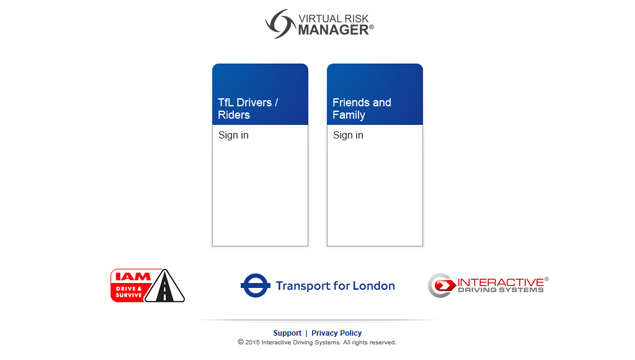The RFID card also means that TfL always know which driver is using which vehicle – which is vital for making best use of data, including its in-vehicle telemetry.
The results from all the online modules are stored in VRM’s risk data warehouse, which provides a range of reporting and compliance based risk benchmarking.
Subject to the results, and to DVLA checks, on-road driver training is provided as required in association with the IAM or internally. Courses include: Advanced Driver/Motorcycle Coaching, Large Goods Vehicle driving, Light Commercial Vehicle use, Post Incident training, Vehicle Familiarisation and Safe Urban Driving. As well as the IAM training, TfL also employs its own internal driver training specialist, who is a former Met police driver and a qualified driving instructor (ADI), to manage TfL’s driver training, risk assessment, coaching and collision investigations.
Industry Leadership and Benchmarking
TfL has done a great deal as a leader in the wider fleet industry. As an example, it is an active member of the VRM fleet safety benchmarking group which meets every six months. The focus of the group is on benchmarking process and outcomes, sharing ideas and being able to discuss fleet risk management issues. It is an open and honest forum managed through Chatham House rules on the basis that what is said in the room stays in the room to allow candid discussions. Most recently as part of this program, TfL shared its drug and alcohol policies with other members who were looking at implementing such initiatives. TfL has also eliminated grey fleet, by ensuring that all staff use their Oyster Travel Card for meetings within the London region, rather than claiming mileage expenses.
![[logo]](https://www.edriving.com/wp-content/uploads/2016/10/250px_tfl.png)
